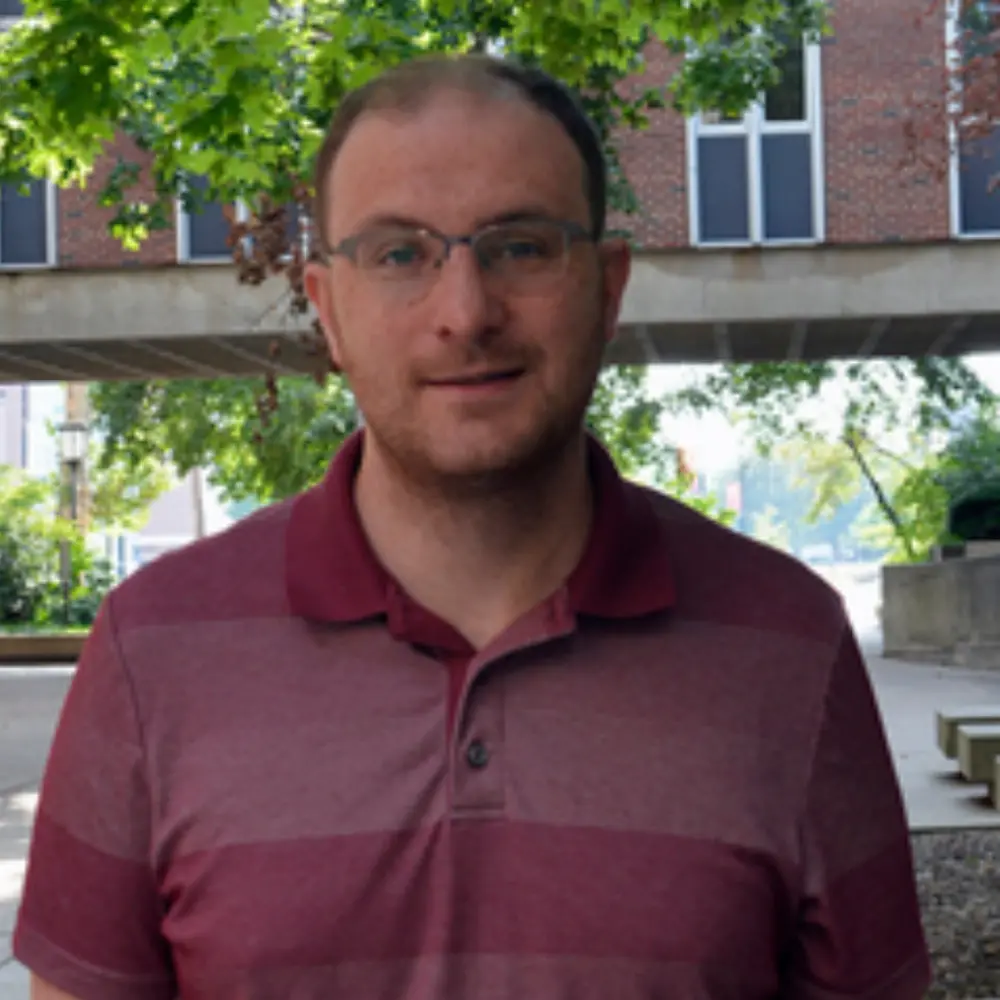
The Department of Molecular & Integrative Physiology in the School of Molecular & Cellular Biology is pleased to welcome new faculty member Patrick Sweeney!
Tell us about your lab and your research focus, including how you came to choose or specialize in this area.
My lab focuses on understanding how the brain regulates both feeding and emotion, and how the neural circuits involved in these two behaviors overlap. The feeding circuitry is remarkably well conserved from mice to humans, and these conserved neural circuits communicate closely with a remarkably diverse set of brain structures, including many involved in motivation and emotion. The lab is currently focused on trying to understand how hunger and satiety is communicated to downstream brain regions involved in motivation and emotion, and how these circuits may go awry in conditions such as obesity and anorexia nervosa.
I have always been fascinated with how the brain controls behavior. As an undergraduate, I become involved in a research program focused on the neural circuitry involved in anorexia nervosa and the effects of stress on neural circuitry. Anorexia nervosa is a devastating neuropsychiatric condition with no effective pharmacological treatment. Further, the neuropathology underlying this disorder is not well understood, and it remains unclear how patients with this disease are able to suppress the most ancient and fundamental drive, the desire to consume food. This area of research represents an area of basic scientific research with the potential to improve health in a vulnerable patient population.
What is especially exciting about this particular area of research, at this time?
There is perhaps no less well-understood disease in human biology than anorexia nervosa. As a neuroscientist and biologist, the underlying pathology of the disease is difficult to understand and represents a major unresolved area of scientific study. Further, there are no effective pharmacotherapeutic strategies for patients with anorexia nervosa. Thus, a more complete understanding of the basic biology underlying neural circuits at the intersection of feeding and emotion may provide new therapeutic options for patients suffering from this devastating condition.
What interested you the most about becoming a faculty member in the School of Molecular and Cellular Biology and the University of Illinois?
The School of MCB has a fantastic group of interdisciplinary faculty, and the resources at the school are comprehensive. I was particularly impressed by the collaborative nature of the MCB faculty and staff and I look forward to collaborating with fellow faculty, staff, and students in the School of MCB as I start my research group.
What are your teaching interests?
My primary teaching interests include the neurobiology of behavior and the neuroscientific basis of neuropsychiatric diseases.
If any students (undergrad or grad) are interested in working in your lab, what’s your advice, or how can they get in touch with you?
Any students interested in working in the lab should feel free to reach out to me via email (sweenp@illinois.edu) to further discuss their interest in the lab.
Tell us about someone who made a difference in your life, such as someone who sparked your interest in biology, who encouraged you to pursue a career in academia or challenged your thinking about a topic.
My wife, Minakshi Raj, a fellow UIUC faculty member in the Department of Kinesiology and Community Health, has been essential to my continued development in academia. She has continued to support and encourage me throughout my career and reinforce the importance of a healthy work/life balance in academia.
What do you like to do in your free time?
I am a big college basketball fan and enjoy watching and attending games in my free time. I also enjoy traveling and seeing new places, and look forward to trying all of the new restaurants in the Champaign-Urbana area.
